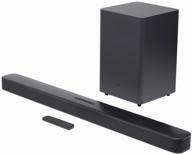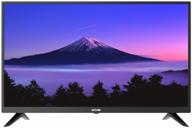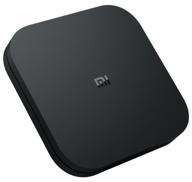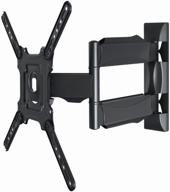
Review on TP Link Archer T9UH Wireless Adapter by Stanislaw Plonka ᠌

Unsatisfactory quality, I won't buy it anymore.
The adapter has a very low power output and communication range, at 100 mW (20 dB) on all channels. Support for 5 GHz channels is ambiguous. but I was unable to locate any official information, I was able to discover, via trial and error, that channels 100 and 112 are functional but channels 104 and 108 are not. No way. The phones and computers here should function OK on any of these channels, but our TP-Link T9UH is picky and prefers others; if you want to know which ones it prefers, you'll have to experiment. The inaccessibility of the channels appears to be either hardware- or driver-based, as changing the Windows country setting prior to installing the drivers has no effect. This adapter could not be made to function normally. The hardware is EU 1.0. A Realtek RTL8814au chip is contained within. Nothing I've tried—using a stand, plugging it directly into USB 3.1, moving the antennae, fiddling with the adapter settings, downloading and forcibly installing the Realtek drivers, installing the drivers included with Windows 10, etc.—has helped. Using the 866 Mbps connection speed of an ASUS RT-AC58U router. Maximum speeds of 150–160 Mbps are demonstrated by the adapter with a signal strength of -61 dBm at 5 GHz (a decent level), with drawdowns of up to 3–4 Mbps, yielding an average speed of 50–60 Mbps. A change in ping from 4 ms to 200 ms. Inadequate suggestions like "Energy Saving" should be unchecked and other nonsense may be found in the official support forum. Of course, this has all been tried, but to no avail. Where I've also tried out many adapters: As a bridge, the ASUS RP-AC55 performs admirably. 260 Mbps down and 1 ms up. Intel 7265 is similarly reliable and stable, offering 270 Mbps with no ping. The Qualcomm QCA9377 is a 1 ms, 130 Mbps, single-antenna laptop adapter. I also had a TP-Link WN823N adaptor, which was as terrible and unreliable. I had sworn off TP-Link forever, but the glowing praise on this page convinced me to make an exception.
- Inexpensive
- Uncertainty in transmission quality. Extreme overheating suggests that the design isn't very energy efficient. The number of free 5 GHz channels is limited.
New products
Comments (0)
Top products in 📺 Television Accessories
Another interesting products
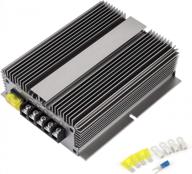
HOMELYLIFE 600W High Power Voltage Reducer DC 48V 60V 72V Step Down To DC 12V 50A Buck Converter Waterproof Module Car Truck Power Regulator Transformer

12 Review
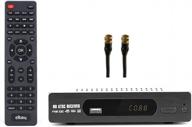
EXuby Digital Converter Box For TV With RF/Coaxial And RCA Cable For Recording And Viewing Full HD Digital Channels Free (Instant Or Scheduled Recording, 1080P HDTV, HDMI Output, 7 Day Program Guide)

12 Review

TV Tuner LUMAX DV-2120HD

15 Review
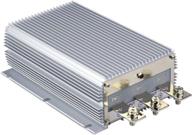
DC/DC 12V To 24V Boost Converter 40A 960W - Waterproof Voltage Regulator Module For Car Power Supply (10V-16V Input)

15 Review


